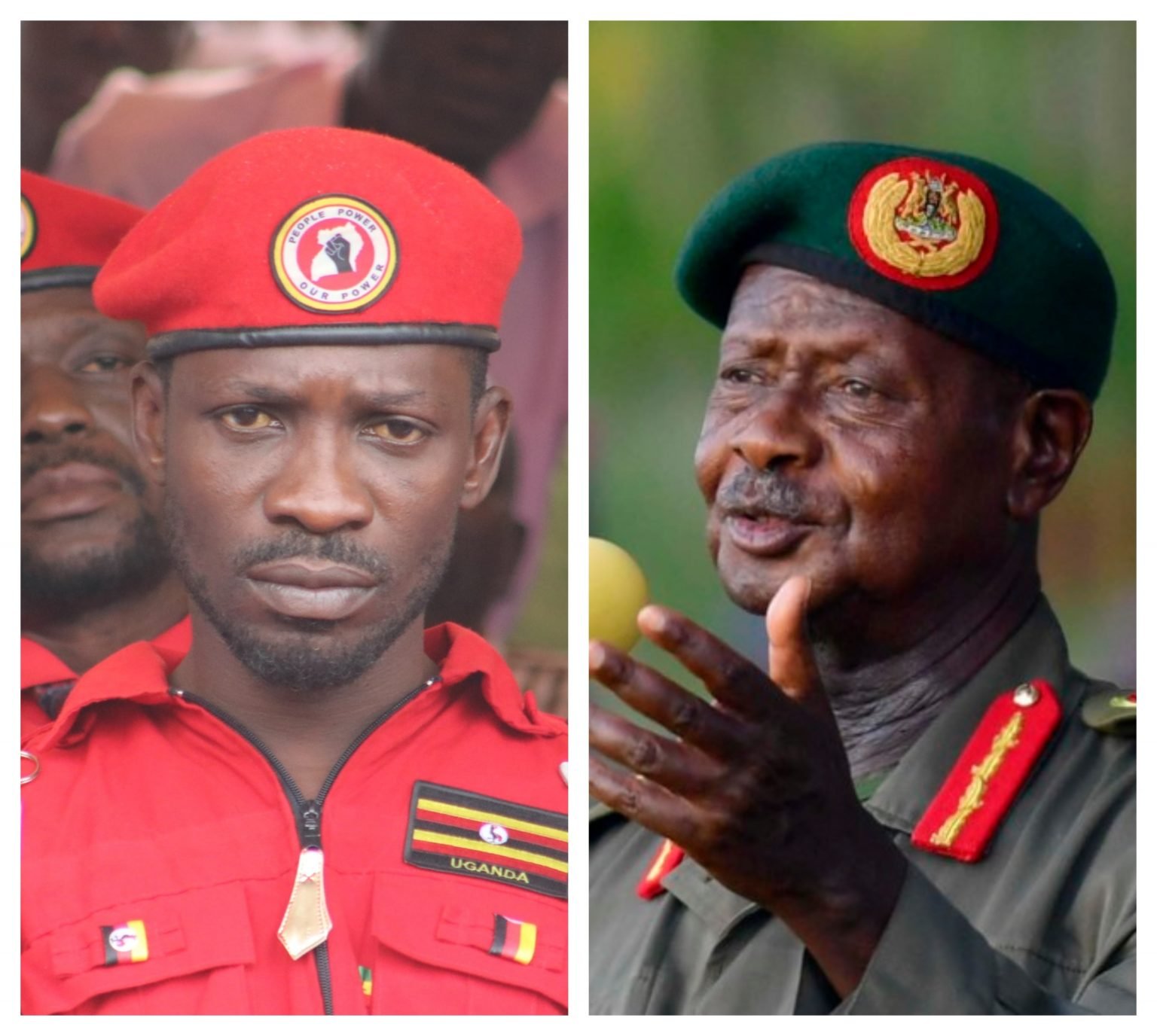In a highly contested move, the Electoral Commission (EC) on Boxing Day announced a “political quarantine” in select districts by suspending all political activities in the target areas citing rising cases of the Coronavirus as the justification to do so.
The EC’s directive poses far-reaching implications especially towards the opposition. But how?
Let us examine the facts. The districts of interest are Jinja, Wakiso, Kabale, Kampala, Masaka, Luweero, Kalungu, Mukono, Tororo, Mbarara, Kabarole, Kasese and Kazo.
Take a look at the campaign schedule of the different major presidential candidates (NRM’s President Museveni, NUP’s Bobi Wine and FDC’s Amuriat).
| MUSEVENI | BOBI WINE | AMURIAT |
| Dec 29 – Wakiso | Jan 1 – Masaka | Dec 27 – Jinja |
| Dec 30 – Kampala | Jan 9 – Makindye & Rubaga, Kampala | Dec 28 – Tororo |
| Jan 12 – Kampala | Jan 10 – Busiro & Kira & Rubaga, Kampala | Jan 2 – Luwero |
| Jan 12 – Kira, Nakaawa and Kampala Central | Jan 3 – Mbarara | |
| Jan 9 – Entebbe, Busiro & Makindye, Kampala |
- From the data above, Museveni had the least number of scheduled campaign visits (3) left in the now restricted districts.
Let us also take a look at how voters voted in the 2016 general elections in the affected districts.
Category 1 – Districts where the opposition won – Wakiso, Kasese, Masaka, Kampala, Tororo and Mukono.
Category 2- Districts where the NRM won – Mbarara, Luwero, Jinja, Kalungu, Kabarole, and Kabale.
6 districts of NRM stronghold and 6 of opposition stronghold were affected. However, this simple categorization gives a misleading representation of the real data.
Below, I unpack the important insights that arise from meticulously reviewing this data.
Note: The total number of valid votes in 2016 general elections was 15,277,198.
First category (The 6 Districts of opposition stronghold).
Total number of registered voters in these 6 districts is 2,914,675, which equates to 19.08% of all the registered voters across the country. A huge fraction indeed.
Now;
- In these 6 districts, the opposition combined garnered a landslide 62.09% while the incumbent NRM, just 37.91% of the electoral vote in the 6 districts.
- The 6 districts constituted 19.08% of the total registered voters in the whole country in 2016, which is a very big fraction for just 5 districts and this number could increase in the 2021 general elections.
Now, what is striking is;
- Total number of people who voted for opposition in 2016 was 3,879,940.
- These 6 districts alone combined accounted for 26.16% of the voters who voted for the opposition in 2016 general elections.
- These districts are indeed very paramount to the success of the opposition come January 2021.
This indicates that the opposition stands to lose a sizeable fraction of their votes if they do not campaign in these districts where they previously enjoyed a stronghold.
Second category (The 6 Districts of NRM stronghold)
Total number of registered voters in these 6 districts is 1,260,147, which equates to 8.25% of all the registered voters across the country.
- The number of registered voters in these areas (8.25%) is less than half of those in the first category (opposition stronghold), (19.08%).
- But still, another vital fact is that Museveni, unlike some other presidential candidates, has already traversed all the areas in this category, which already gives him an edge at entrenching his stronghold and possibly boosting his 2016 score.
The fact that FDC’s Amuriat had not yet, and will not physically campaign in 3 of the districts in this category (Jinja, Luweero and Mbarara) means that the NRM could likely increase its support in these areas by snatching undecided FDC supporters and further extend their stronghold.
Subsequently, the opposition will lose touch with more of its people here too than will their antagonist Museveni who had already traversed all the districts in this category.
The 12 restricted districts above alone account for an astronomical 34% of the total vote garnered by the opposition across the country in the 2016 general presidential elections.
Current Campaign Status
Museveni still is at an advantage here. Being the incumbent president, he has official clearance to move to any of these areas on ‘official presidential duty’ which earns him popularity at the expense of the opposition.
For instance, he was supposed to campaign in Mukono district on 28th December 2020 before the EC suspended physical campaigns in the area. However, on the next day, he was back there in the district commissioning the 132kv Mukono substation which is meant to increase power support and he later spoke on all major radios reaching the Mukono area in Luganda.
Also, Museveni, who has been addressing small rallies of pre-selected NRM leaders throughout his campaigns, can still directly reach out to them easily, unlike the opposition whose strength lies in addressing mass rallies of arbitrary strangers.
Relatedly, the “scientific” campaign methods that have been suggested by the EC are heavily tipped against the opposition. We have seen opposition candidates denied access to radio stations by security on several occasions and in extreme cases, NUP’s social media pages hacked and shut down.
Conclusion
The opposition’s inability to hold physical campaigns puts them at a huge risk of losing a multitude of votes in an area which holds a substantial fraction their voters (34%) – if nothing changes.
The inability of FDC to campaign in 3 of the restricted areas and the opposition’s stifled access to scientific methods of campaigning as suggested by the EC puts them in a difficult position and at a risk of losing votes in all the restricted districts.
The opposition will have to become more creative to out-maneuver Museveni’s political prowess.


